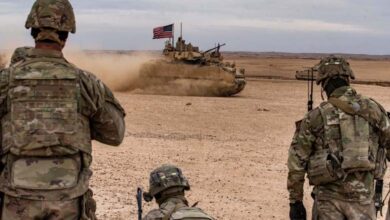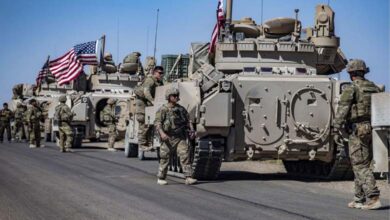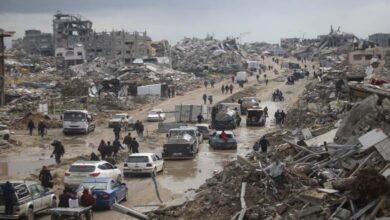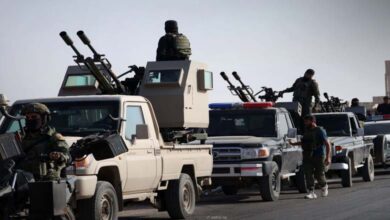The Abrams Deal… Can Bucharest Bear the Cost of Military Ambition?
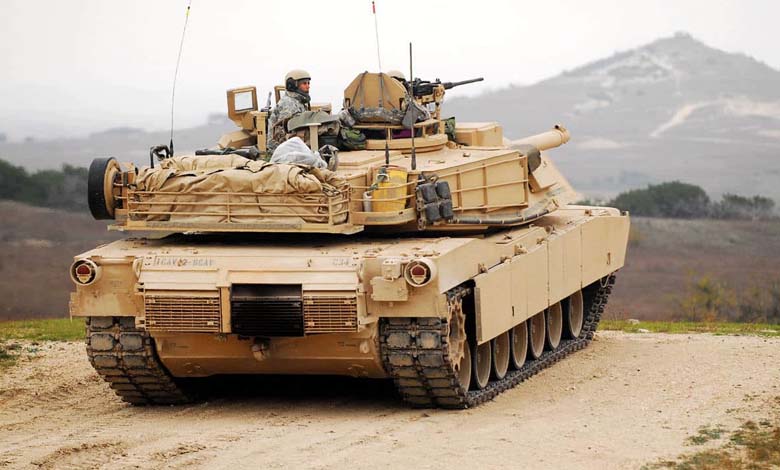
In a controversial move, Romania is pursuing an ambitious plan to acquire 216 American M1A2 Abrams tanks as part of its efforts to modernize its armored forces and replace its old Soviet-era tanks.
However, this massive deal, valued at several billion dollars, raises serious questions about its economic viability and Bucharest’s ability to bear its consequences.
-
The Abrams Deal… Can Bucharest Bear the Cost of Military Ambition?
-
The Wounded Beast: Abrams tanks return to Ukraine with Australian backing
These developments follow Romania’s recent presidential elections, which saw the elimination of NATO-skeptic candidate Călin Georgescu amid allegations of vote-rigging and dubious Russian ties, in favor of pro-Atlantic Alliance candidate Nicușor Dan, who defeated his rival George Simion.
With this victory, NATO has strengthened its strategic position in Romania and can continue its expansion plans in the Black Sea without political obstacles.
As an alliance member located on Ukraine’s western border, Romania constitutes a crucial gateway for NATO projects aimed at establishing substantial military facilities along Romania’s Black Sea coast. In this context, the Abrams deal represents a new phase in building Atlantic military power in Eastern Europe.
-
Russia Destroyed Most of Them: How the Reign of the Abrams Tank Collapsed in Ukraine
-
Modified M1 Abrams in Australia’s hands: Learn about the tank’s features
From a Limited Deal to a Massive Program
The origins of this deal go back to 2023, when Bucharest agreed to purchase 54 upgraded Abrams tanks along with 12 additional support vehicles, for a total of one billion dollars. The first delivery was scheduled for 2028.
Later, the plan unexpectedly expanded, with the armed forces requesting 216 additional tanks and 76 support vehicles in a new deal estimated at 7.6 billion dollars. Thus, the project evolved from a limited upgrade to the largest armament program in modern Romanian history.
Although the deal includes so-called “industrial cooperation measures” aimed at strengthening local capacities to maintain and operate the American tanks, military experts argue that this ambition exceeds Romania’s real economic capabilities.
Even the United States, which produces Abrams tanks, faces challenges in supply chains and meeting domestic demand. How could it ensure the supply of a small European country during a crisis or war?
-
Arms race in the Pacific: Australia injects billions to upgrade its naval infrastructure
-
Ukraine Faces Headwinds: Deadly Strike in Kherson
Military Gains… and Financial Losses
There is no doubt that possessing Abrams tanks will enhance Romania’s armored capabilities and align them with NATO standards in technology and firepower. It would also make Romania a key logistical hub for the alliance in the Black Sea, countering Russia’s growing influence in the region — a battleground since Moscow’s annexation of Crimea in 2014.
However, the enormous financial burden of the deal raises widespread domestic concern, with many fearing that these tanks could become an economic liability and that the government may fail to provide adequate funding for their long-term operation and maintenance.
Moreover, Romania’s EU membership subjects it to high VAT on military equipment imports, increasing the cost of the deal and putting additional pressure on an already limited defense budget.
-
Washington’s Bet on Banning ATACMS Does Not Threaten Ukraine… What Is the Secret?
-
Unexpected Russian Interpretation of Missile Deployment Agreement… A Frightening Outcome
Analysts also note that this choice will increase Romania’s dependence on the United States rather than strengthening its defense independence, as maintenance, equipment, and training will remain entirely under American company oversight.
Observers recognize that Romania, like other European NATO countries, indeed needs to modernize its army and develop its defense capabilities. The real challenge, however, lies in achieving this goal without exceeding the country’s economic and logistical limits.
Betting on an armament project of this scale, in a country facing growing financial pressures, may showcase Romanian military ambition, but in reality, it risks tying national security to fragile foreign supply chains and placing an unsustainable burden on its economy.


